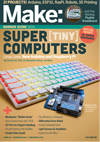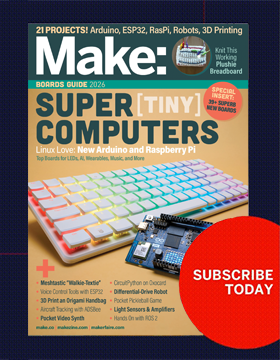Before there were electronic computers, there were mechanical computers, and one of the most important uses of these was in directing gunfire on surface warships. Mechanical fire control computers took inputs from manned instruments that visually tracked enemy ships, and also considered variables such as wind speed and direction, the firing ship’s heading and velocity, etc. That information—completely in the form of physical displacements of mechanical movements—was cranked through a complex train of shafts, gears, cams, and differentials that computed the optimal firing solution, and automatically aimed the guns accordingly. This film series, produced by the US Navy in black-and-white sprocket-clatter 1950s glory, explains the general principles of mechanical computation, as applied to fire control systems, in clear and engaging language with nice animated diagrams. It’s been ported to YouTube in seven parts by user navyreviewer. Totally engrossing. [via Boing Boing]









